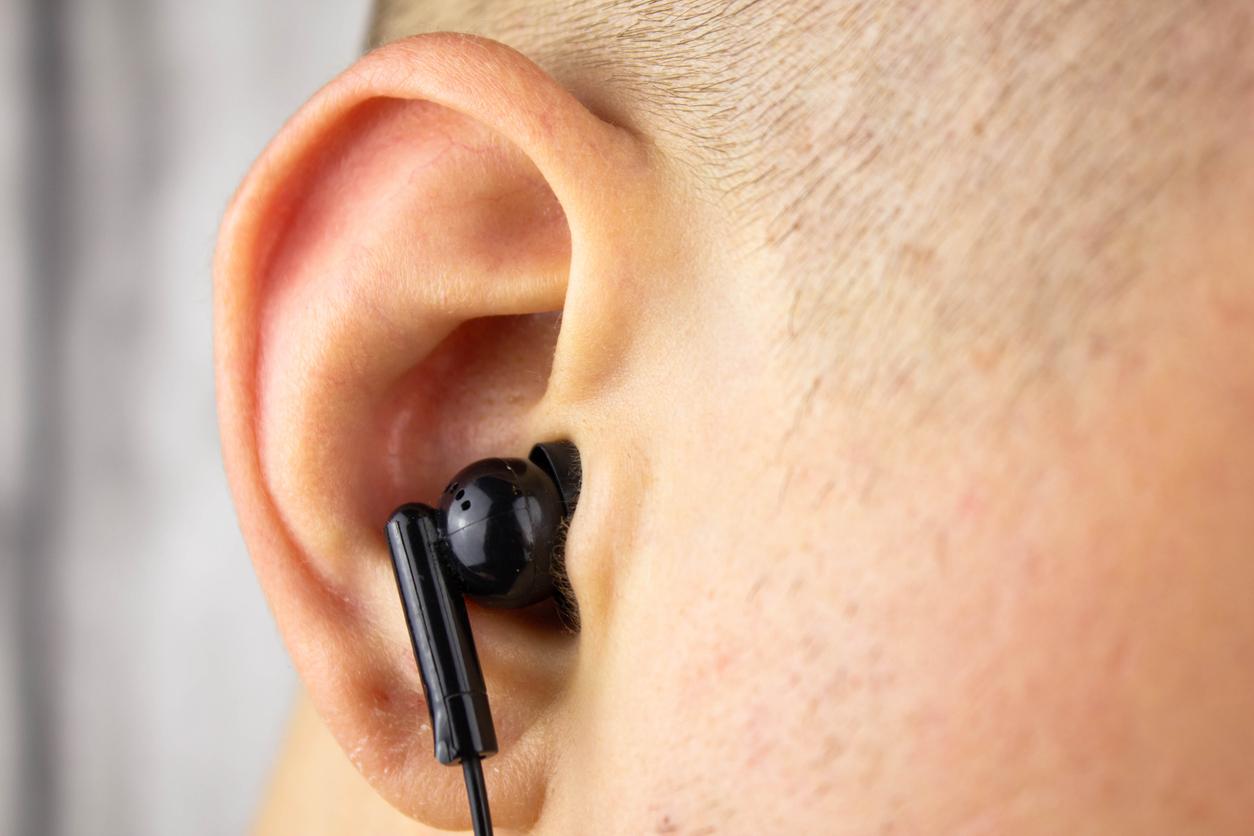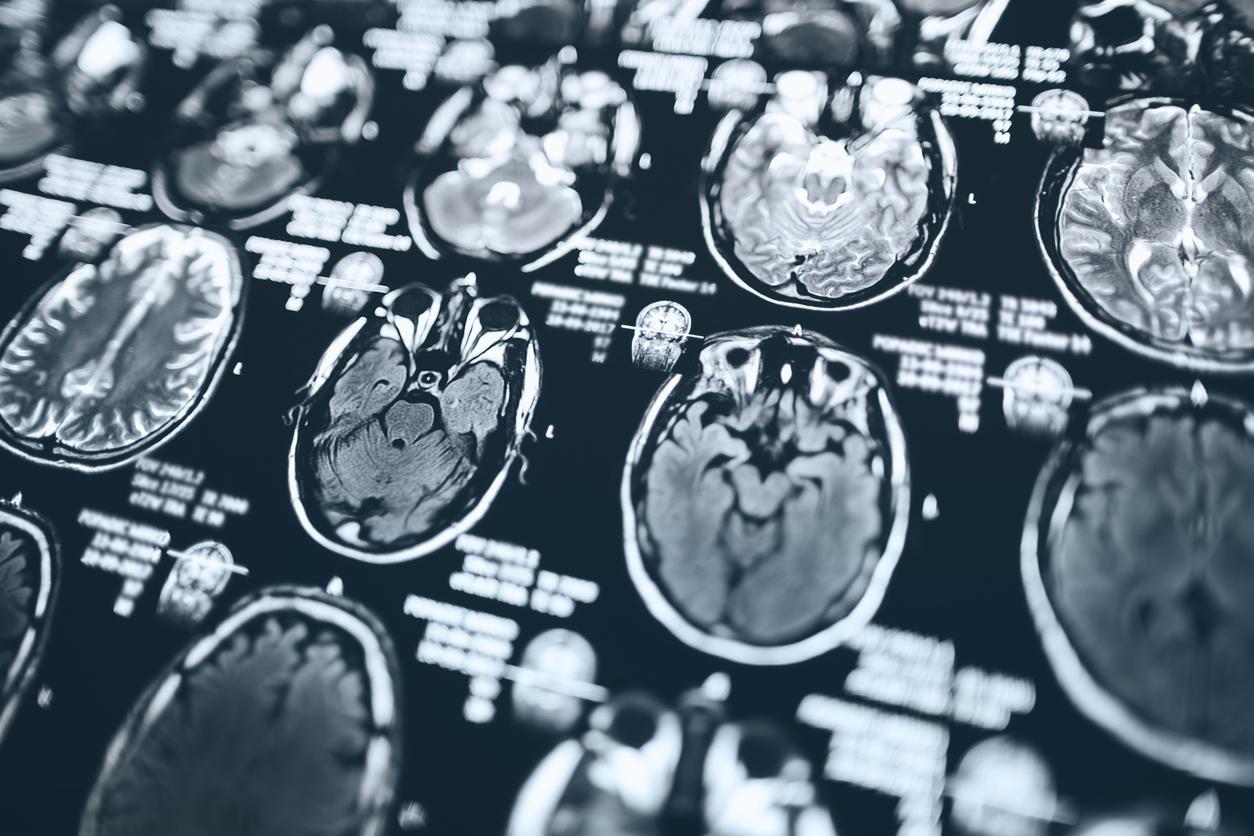A portion of people with autism spectrum disorders could be diagnosed by observing their eye mobility.

Diagnosing autism is not easy. The detectable signs of behavior do not appear for 18 months, and are not specific. To make a diagnosis, you must first rule out other pathologies that can lead to similar symptoms. Many examinations are necessary, and when the other diseases have been ruled out, there is no – a priori – than autism.
Doctors are therefore looking for tests that allow a more direct and rapid diagnosis. And researchers from the University of Rochester (United States), who have analyzed the scientific literature on the subject, might have found one.
The eyes are the mirror of the soul, they say. It is especially that of the brain for neuroscientists. By observing the rapid movements of the eyes, they believe they are able to detect autism spectrum disorders (ASD), at least in some of those affected.
A subgroup of autism
Among the different forms of autistic disorder, the Rochester researchers were interested in people suffering from ASD with damage to the cerebellum. This brain structure, located at the base of the brain, plays a role in motor skills, but also, to a lesser extent, in the management of attention, language, or even emotions.
Specifically, they targeted children whose small central part of the cerebellum, called vermis, was insufficiently developed. Damage to this area is particularly associated with visual, sensory and motor development problems in children, which affect their social interactions, their visual orientation and their ability to communicate.
Their goal: to find elements allowing to objectify their deficit in a clinical way, in order to identify this subgroup of autism thanks to simple tests, and reproducible in doctor’s office.

Ocular precision
They therefore focused on the study of eye movement. When our attention is drawn to a new object, for example to observe a passerby while reading the newspaper, the eyes make a rapid and precise movement from the page to the individual.
These movements require training, and are governed by several neuromuscular groups. When they are not precise, when the gaze misses its target, the nervous system makes corrections.
But damage to the cerebellum can prevent these corrections. Studying the reactions of 56 people with ASD to tests assessing their ability to move from one point to another has shown that they take longer to focus their attention. About 30% of them are also unable to adapt when the distance between the points varies.
Diagnosis and understanding of ASD
This lack of adaptation could therefore be used for diagnostic tests. “If these deficits were found to be strongly associated with a subset of children with ASD, measures of coping capacity could serve as a method to detect these disorders earlier,” says Edward Freedman, co-author of the study. .
In autism research, researchers are still groping their way. For understanding the causes, symptoms, and therefore the diagnosis. This method could, perhaps, improve this last point. In people already identified as autistic, it could also help detect damage to the cerebellum, and thus “classify” the differences in ASD. And to advance knowledge on this pathology which affects approximately one in 100 people in France.
.















